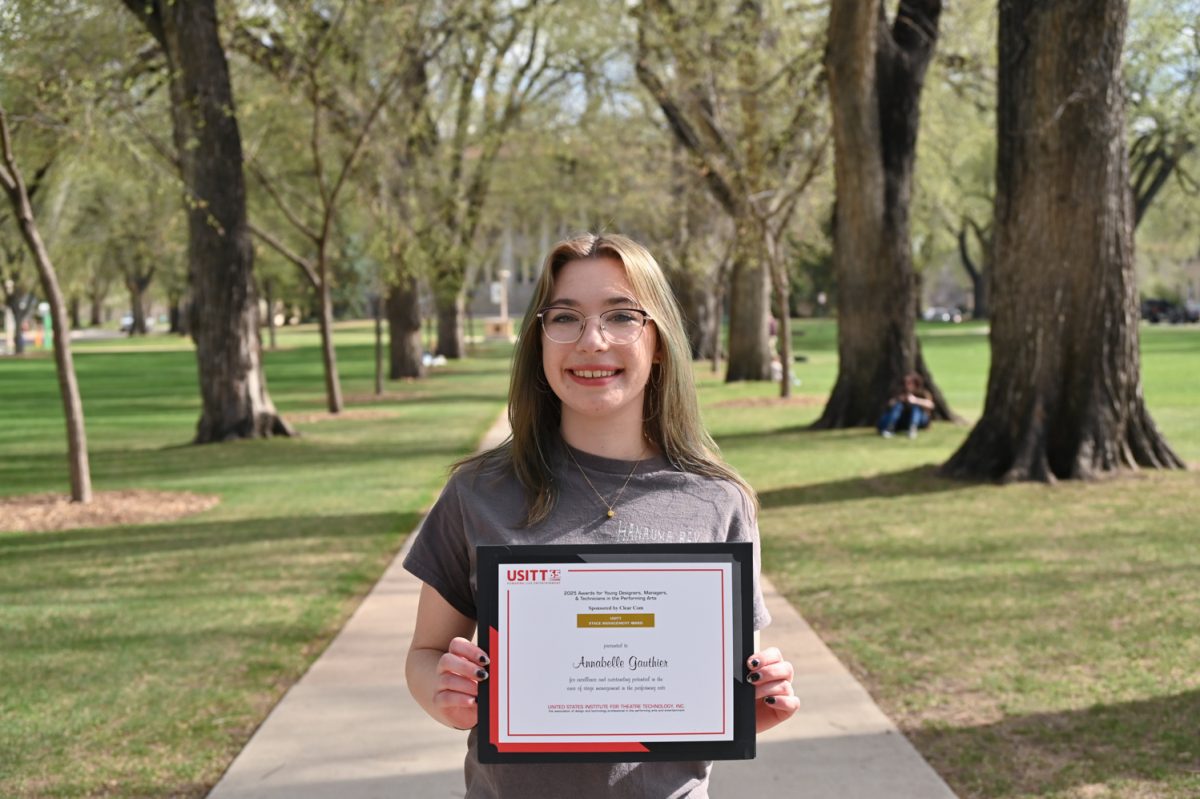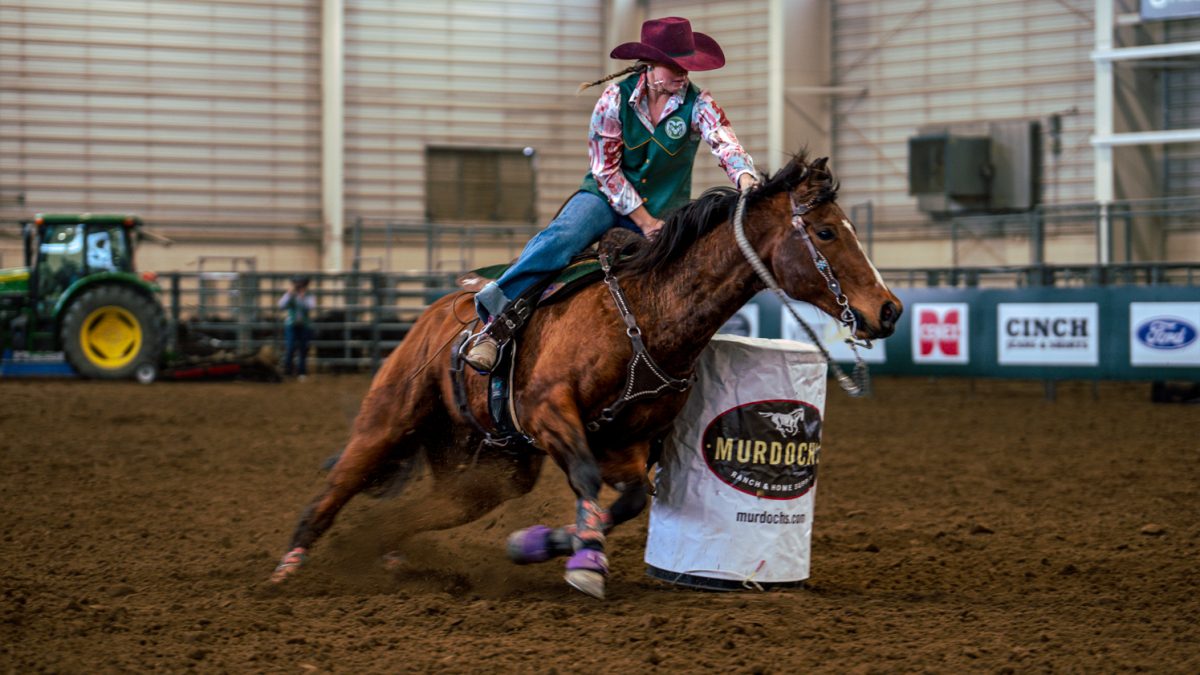Related Event: The President Commission on Women and Gender Equity 20th Anniversary Celebration
When: October 3, 2017 3-6 p.m.
Where: Lory Student Center Theater
Keynote Speaker: Temple Grandin
The Rocky Mountain Collegian published a vignette in rhyme in 1917, three years before the 19th Amendment’s ratification, titled “Women.” It included the sentiment, “They’re prudish and they’re reckless, and in faults they all abound, they cost a lot of money, but they’re nice to have around.”
Saturday commemorated the 97th anniversary of the 19th Amendment, granting women the right to vote in the United States. Colorado State University has profoundly evolved over the past century, and with it, the role that women play.

The most frequently cited example of inequality on college campuses across the nation is the wage gap between male and female faculty members. In 2014, President Obama signed two executive orders focused on the gender-based wage gap, prompting Americans to evaluate their regulations and institutions for enforcing equal pay. With the addition of several studies bringing to light the disparity between course evaluation scores and female involvement in panels at academic conferences, gender inequality became a primary focus for many universities, including CSU.
Dr. Ellen Fisher, a professor of chemistry and the chair for the Standing Committee on the Status of Women Faculty, commented on the issues underlying these disparities, particularly implicit bias.
“(Implicit bias) is effectively each person’s attitudes, beliefs or other embedded stereotypes that affect, in an unconscious way, how we respond,” Fisher said. “It is hard to combat because we all are affected by these unconscious biases and because they are, well, unconscious.”
During 2015, Dr. Tony Frank, president of CSU, initiated a Salary Equity Committee charged with examining the salaries of faculty members at the University and recommending changes to promote more equitable practices.

Before the initiation of this committee, CSU had a long history of female involvement in all aspects of campus life. The first graduating class included three people, one of whom was Elizabeth “Libby” Coy, was CSU’s first female graduate. However, it took several departments until relatively recently to hire female faculty members.
The Department of Biochemistry and Molecular Biology did not hire its first woman until 1990, and the Department of Mechanical Engineering held off until 1994, finally breaking its 125-year-old trend of a male-dominated staff. Of the 430 full professors at CSU, less than a third of them are women, and the proportion of women holding lower-paid adjunct faculty positions is higher than that of men.
Dr. Ruth Hufbauer, a professor in the Department of Bioagricultural Sciences and Pest Management, expressed that in addition to contributing to a wage gap, “a problem that can stem from implicit biases is that women can be overlooked for awards and promotions and opportunities in general.”
These challenges are exacerbated for women of color and women who do not conform to the traditional binary standards of gender. The 19th amendment, in fact, neglected non-white women in its protection of voting rights.
Dr. Susana Muñoz, an assistant professor and co-coordinator of the Higher Education Leadership doctoral specialization, studies underserved populations in higher education. Commenting on the work that came out of CSU’s Salary Equity Committee’s 2017 report, she said, “I thought it was very much geared towards white women and my thought was, well, what about the women of color?”
She combats this kind of thinking with a “syllabus centered on voices that are typically on the margins,” and by talking “about race and equity in class.” She hopes that conversations started by white women in support of women of color can begin to bridge some of these gaps and ease the challenges for all women. “We don’t always need to be the ones that are speaking around (women of color’s) equity issues,” Muñoz said.
Across the board, it seems a strong support system and a network of relationships are imperative to retaining female students and faculty at universities.
“These connections are what keep me at CSU,” Fisher said.
Dr. Muñoz added that she has “been very fortunate to have developed a really good support system that started in grad school. We call ourselves the ‘Sister Scholars,’ and I don’t necessarily feel as isolated because I know there’s that safety net for me.”
Collegian reporter Casey Setash can be reached at entertainment@collegian.com or on Twitter @caseylovesbirds.










